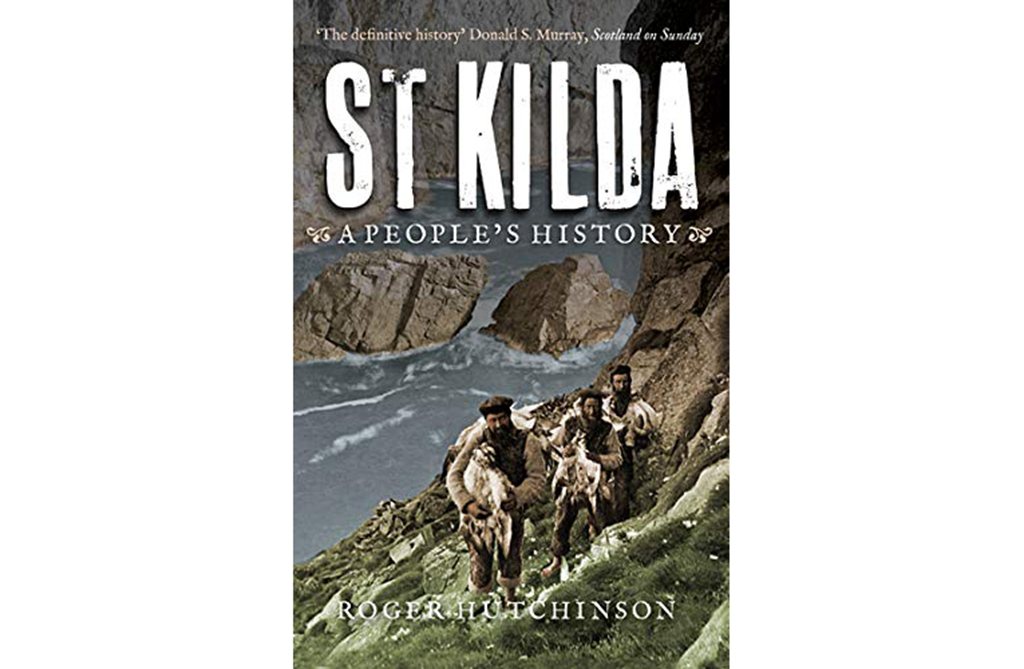St Kilda has celebrated its first World Heritage Day with new protections in place to safeguard the sea waters around the islands.
Conservationists at The National Trust for Scotland, which cares for the remote archipelago, have welcomed the measures, which mean that damaging fishing methods are no longer allowed in the area.
St Kilda will celebrate its 30th anniversary as a World Heritage Site later this year.
The international status was initially awarded for the islands in recognition of their natural heritage, exceptional natural beauty and for the significant natural habitats they support – notably the largest seabird colony in Europe. This designation was extended in 2004 to include the sea around St Kilda. There are only 47 marine World Heritage Sites in the world, putting St Kilda in the same category as the Galapagos Islands and the Great Barrier Reef.
Senior Nature Advisor, Dr Richard Luxmoore said: ‘It is a great relief that as the 30th anniversary of St Kilda’s World Heritage status approaches, this new protection for the sea is finally in place, after years of campaigning.
‘Although these waters have been a marine Special Area of Conservation since 2005, in practice, there was no legislation stopping harmful fishing methods.’
As well as banning the use of trawl nets and dredges, which are capable of damaging the very rich sea life on the seabed around St Kilda, the use of set nets has also been prohibited.
Dr Luxmoore continued: ‘Unfortunately these nets can also entangle other wildlife, notably seals and seabirds. And while we don’t know the scale of this issue, the decision to ban them is a welcome precaution that will benefit St Kilda’s million seabirds.’
St Kilda is not completely off limits for fishermen, however. Creel fishing for lobsters and crabs continues within the World Heritage Site. These cages cause less damage to seabed features than trawl nets.
St Kilda is the UK’s only mixed natural and cultural World Heritage Site and is the most remote outpost of the British Isles, lying 41 miles west of Benbecula. Marking the end of thousands of years of human occupation, St Kilda’s remaining population was evacuated to the mainland at their own request in 1930.
A survey of some of the marine features around St Kilda was carried out last year by divers from Scottish Natural Heritage which revealed some truly spectacular wildlife living within its reefs and underwater caves. A series of these photographs can be found here.
To find out more about visiting St Kilda, visit the National Trust for Scotland’s website.
TAGS


